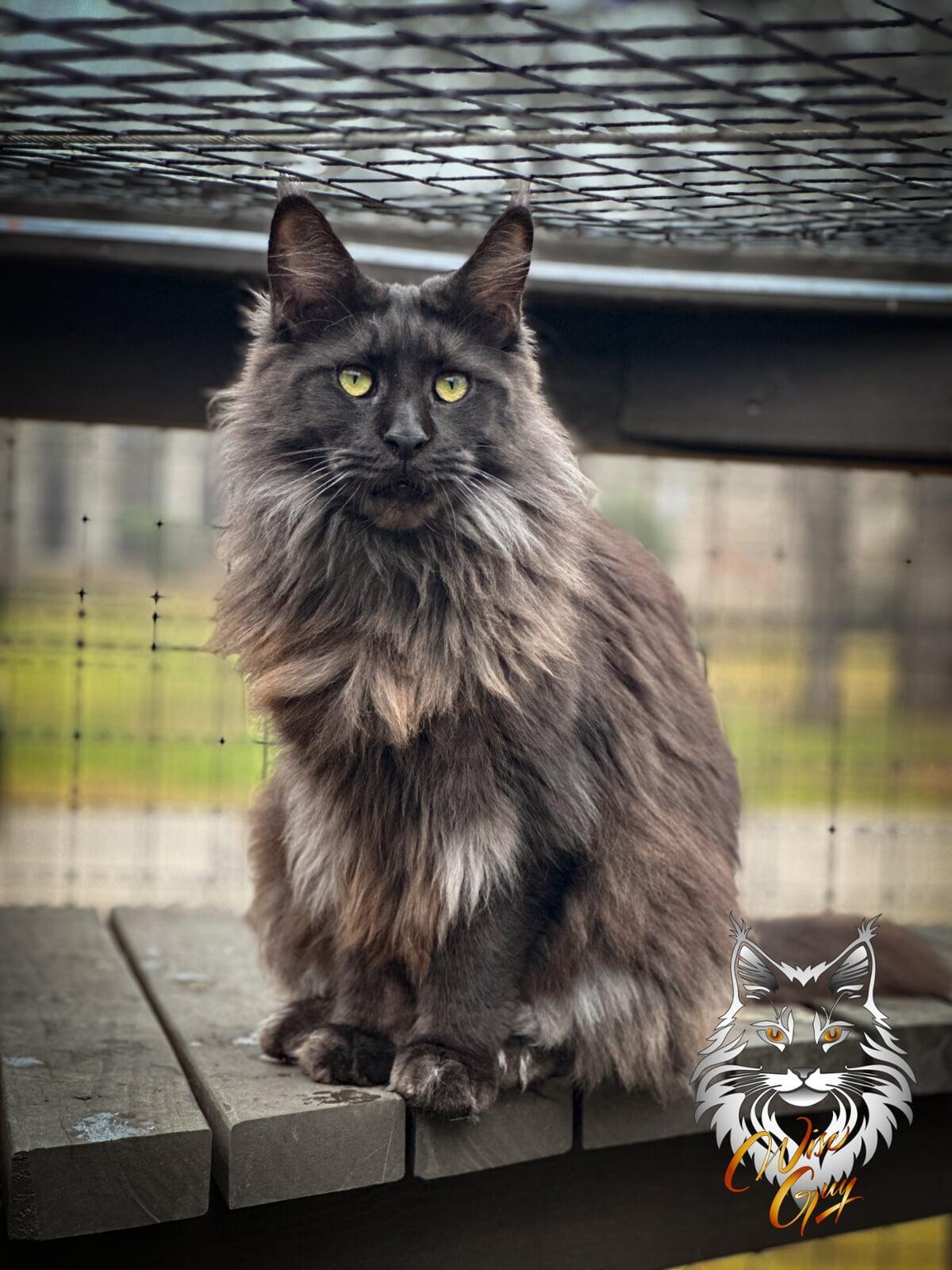
Maine Coons are often sought after because of their great size and rugged good looks. They carry a unique look with their strong jaws, tufted ears, lion-like manes, and a keen eye for trouble. Well, maybe not that last one… we can hope anyway. These goofy giants regularly capture the hearts of cat lovers everywhere. After all, that's why you're here reading this blog article, right? However, if you already own a Maine Coon or are interested in getting one, understanding their growth journey is crucial to ensuring they reach their full potential—both physically and mentally.
The Slow and Steady Path to Maturity
The Slow and Steady Path to Maturity
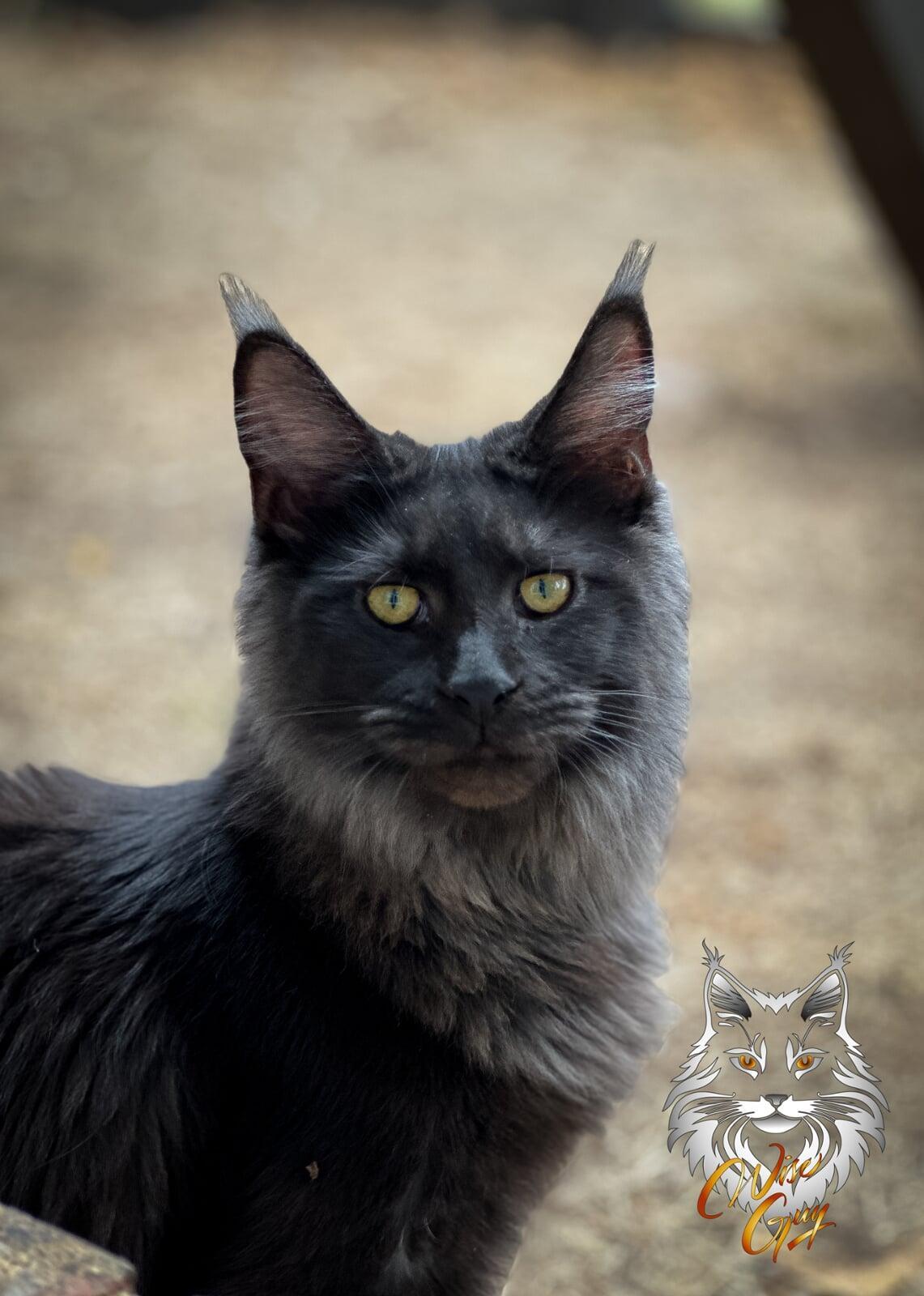
Unlike most domestic cats, Maine Coons take their time growing up. While the average cat reaches full maturity within a year or two, Maine Coons typically take three to four years to reach their full size, bone density, and mental maturity. They are classified as a giant breed, much like Great Danes in the dog world. But don’t worry—you won’t need a saddle for your Maine Coon (probably). Their slower development requires extra patience and understanding from their owners—and maybe a bigger couch.
The Truth About Spaying and Neutering a Maine Coon
The Truth About Spaying and Neutering a Maine Coon
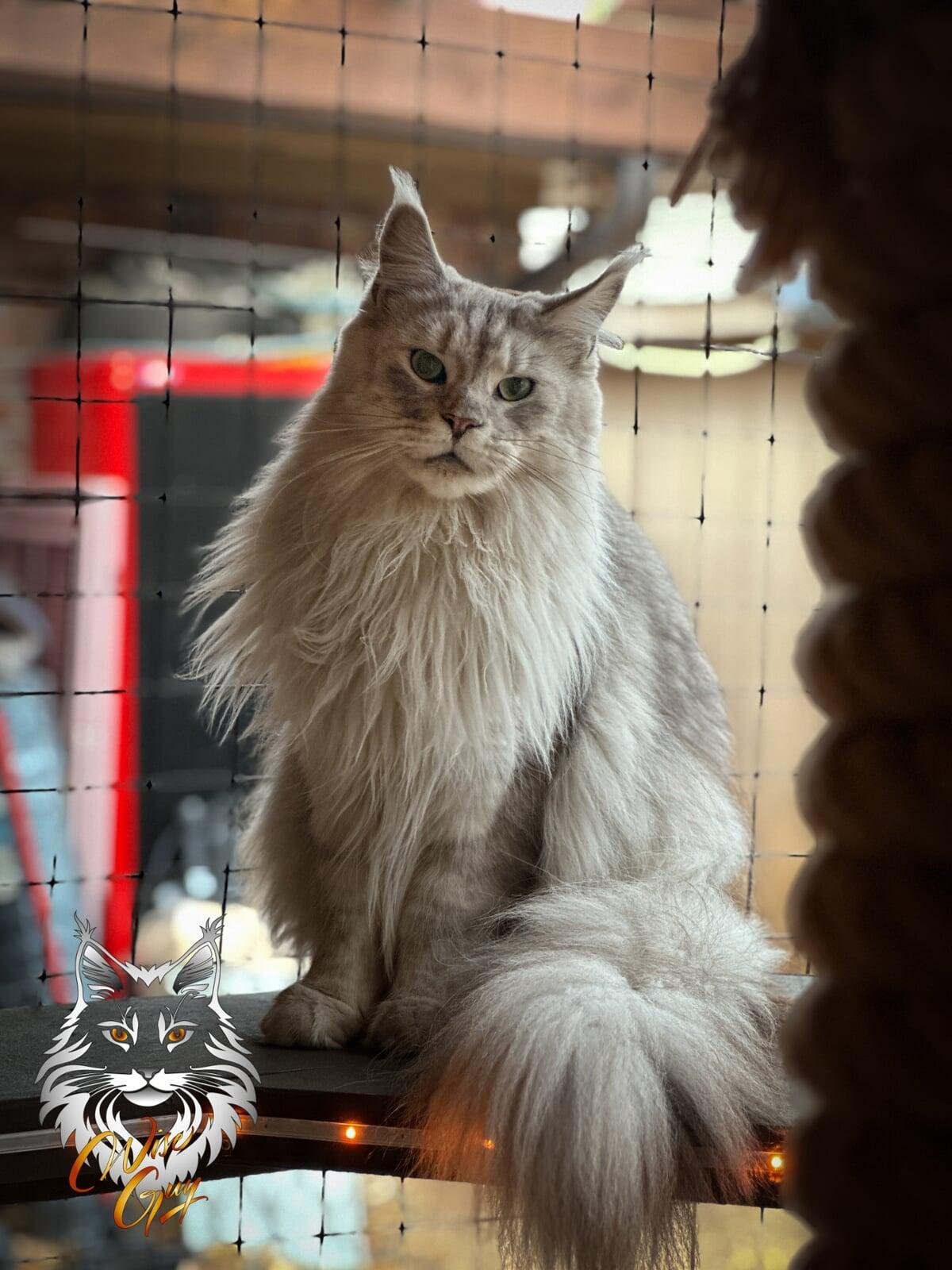
Many veterinarians recommend spaying or neutering cats at six months of age due to growth concerns, but this timeline doesn’t align with the unique needs of Maine Coons. At six months, a Maine Coon is far from mature. Their growth plates remain open until they are at least 18 months old, and full maturity isn’t achieved until three years or more. Early spaying or neutering, however, can help prevent unwanted breeding and behavioral issues such as spraying or aggression. If your vet argues that surgery should wait until maturity, kindly remind them that for a Maine Coon, maturity is a long-term process. After all, if you’re waiting for a Maine Coon to grow up, you might as well set up a comfy chair and grab a snack (just be prepared to share)—it’s going to be a while.
Size and Growth: The Giant of Domestic Cats
Size and Growth: The Giant of Domestic Cats
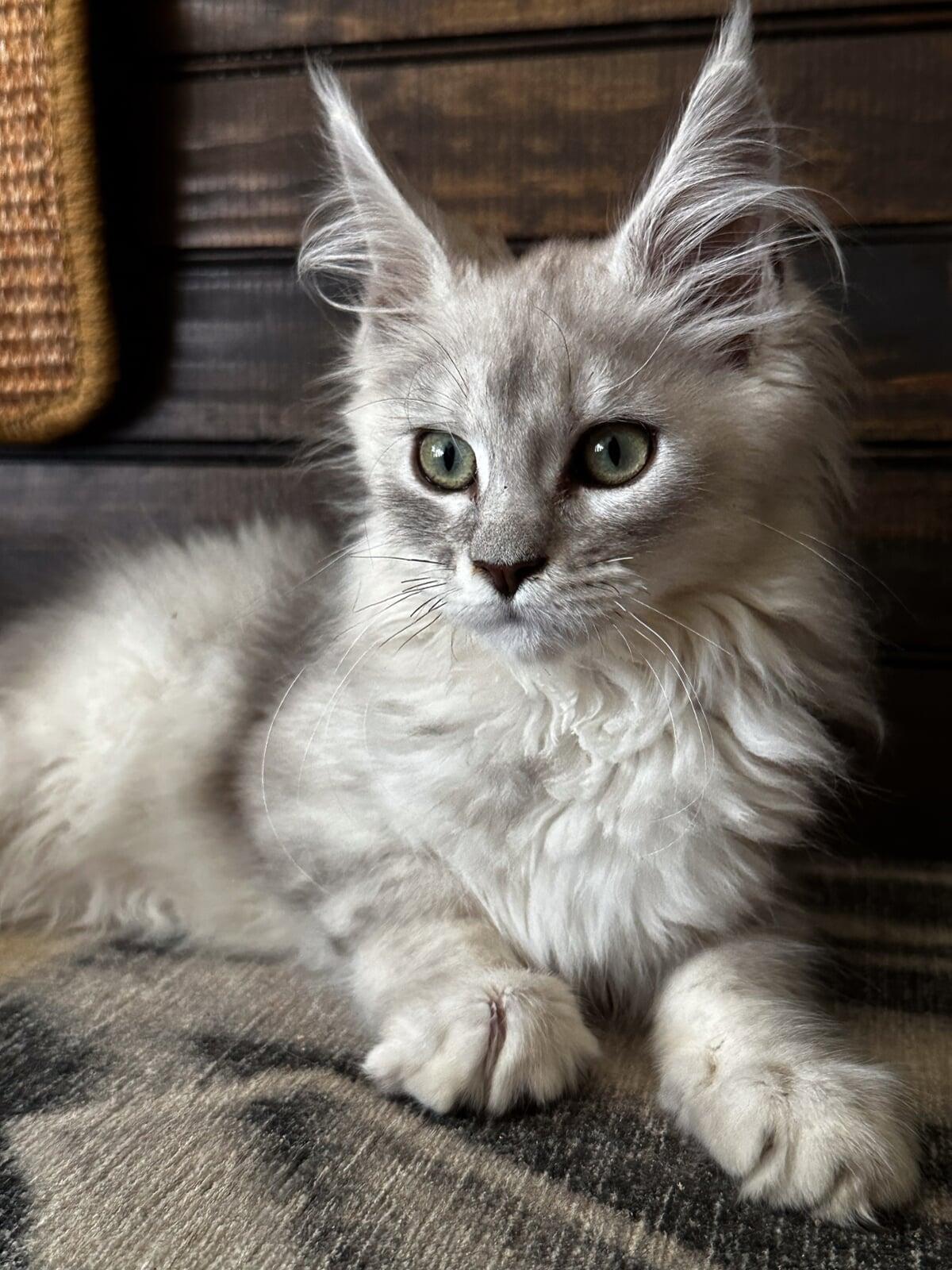
Maine Coons are most renowned for their size. Adult males can weigh between 15 to 25 pounds, with some exceptional cats exceeding that range. Females are typically smaller but still larger than the average housecat. Growth spurts can occur in bursts, with periods of seemingly slow development in between. Think of it like this: one day, they’re tiny furballs; the next, they’re stealing your spot on the bed and claiming the remote control. Proper nutrition, regular exercise, and routine veterinary care are essential to support their development.
The Evolution of Hair Length
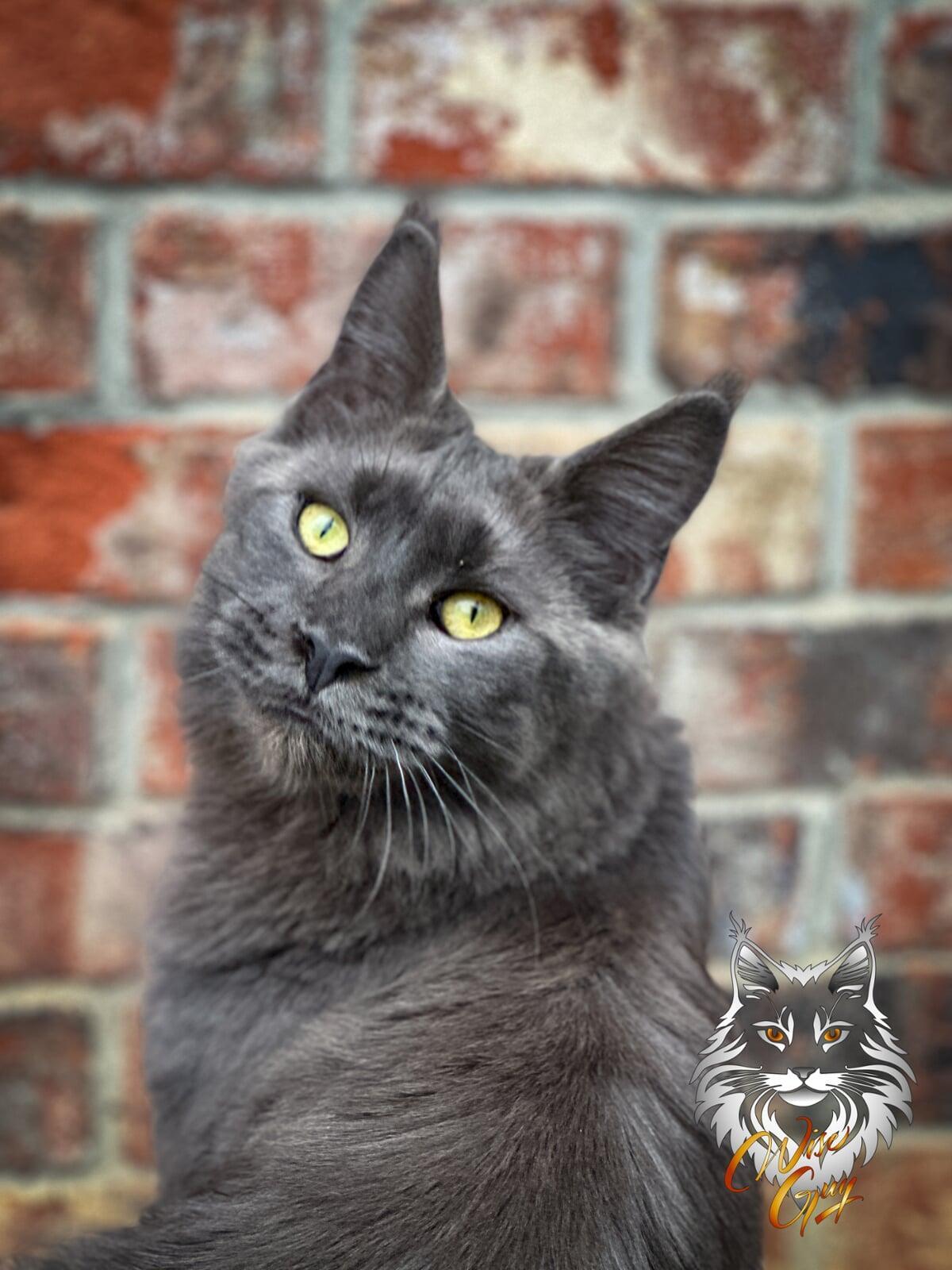
Many Maine Coons begin life with surprisingly short or medium-length fur, leading some owners to wonder if they’ll ever develop the breed’s iconic flowing coat. Fear not! Their fur evolves gradually, with full length and density often not achieved until they are two to three years old. The cover image for this article is one of our retired mommas. The image on the left, is her at ten months. the image on the right, 2.5 years. And that lovely mane, only just started growing in last month. Seasonal shedding will also influence their appearance, with thicker winter coats emerging while its cold and eventually melting into lighter summer coats as temperatures rise. Regular grooming helps keep their coats in prime condition and reduces matting. Just be prepared to find enough loose fur to knit a whole new cat every spring.
Mental Maturity: Patience Pays Off
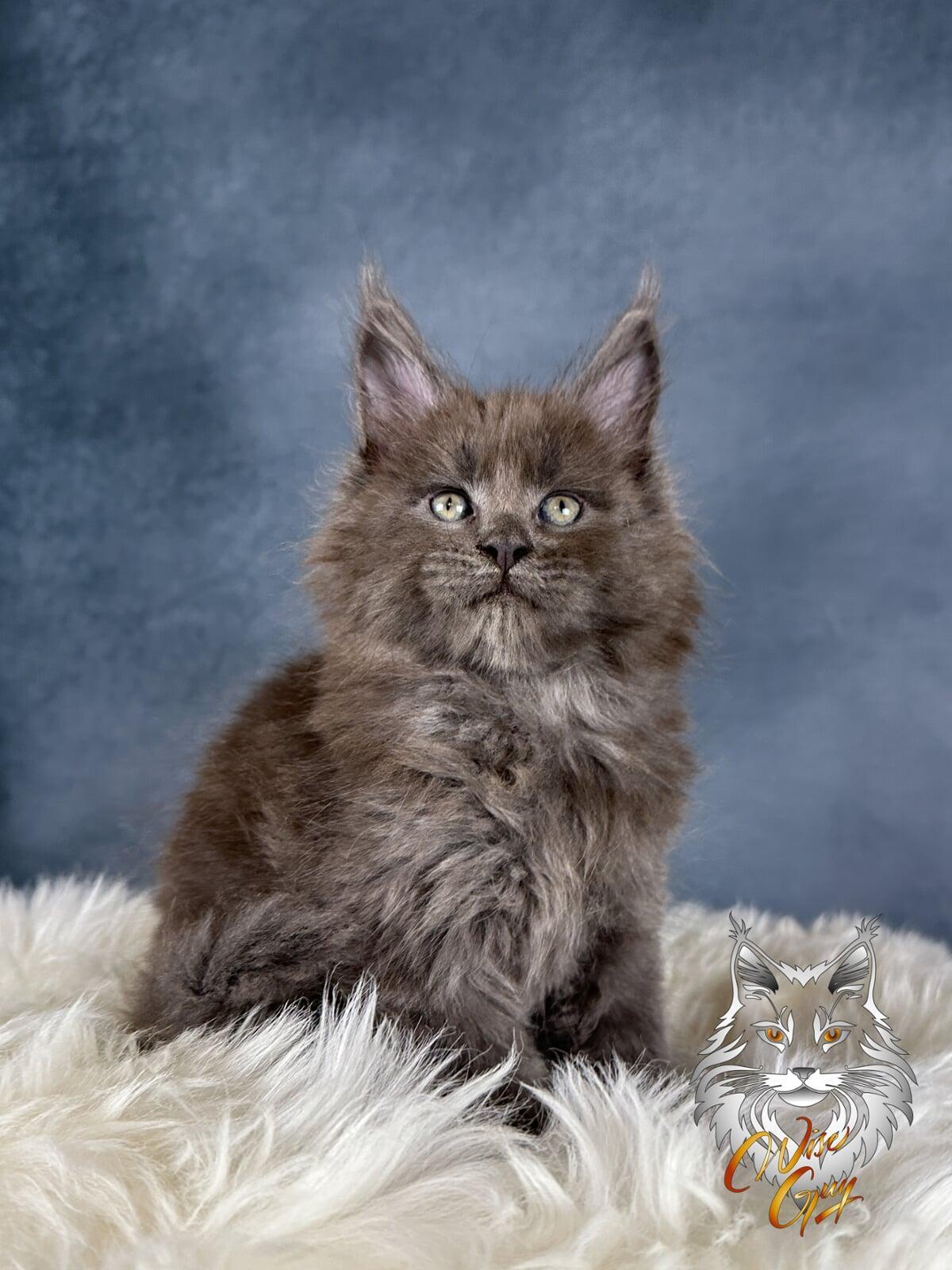
The Maine Coon’s mental development is as gradual as their physical growth. While they are playful and affectionate as kittens, they mature into highly intelligent and emotionally intuitive adults. Like most cats, they will keep bursts of playfulness at any age, but they tend to be calmer and more relaxed than other breeds at maturity. Mental maturity—including the ability to fully bond with their humans and exhibit complex problem-solving—can take up to four years. By then, they’ll probably know how to outsmart you and open the treat drawer, so enjoy their goofy kitten antics while they last! And yes, I’m not kidding. Consider adding child locks to those treat drawers. I do.
Final Thoughts
Raising a Maine Coon requires patience, knowledge, and a lot of love. Their unique growth journey—from kittenhood to full maturity—is a rewarding process that strengthens the bond between you and your feline friend. By understanding their specific needs and timeline, you’ll be well-prepared to give them the best life possible. And hey, if nothing else, at least you’ll have plenty of funny stories about your gigantic, fur-covered roommate to share with friends.





